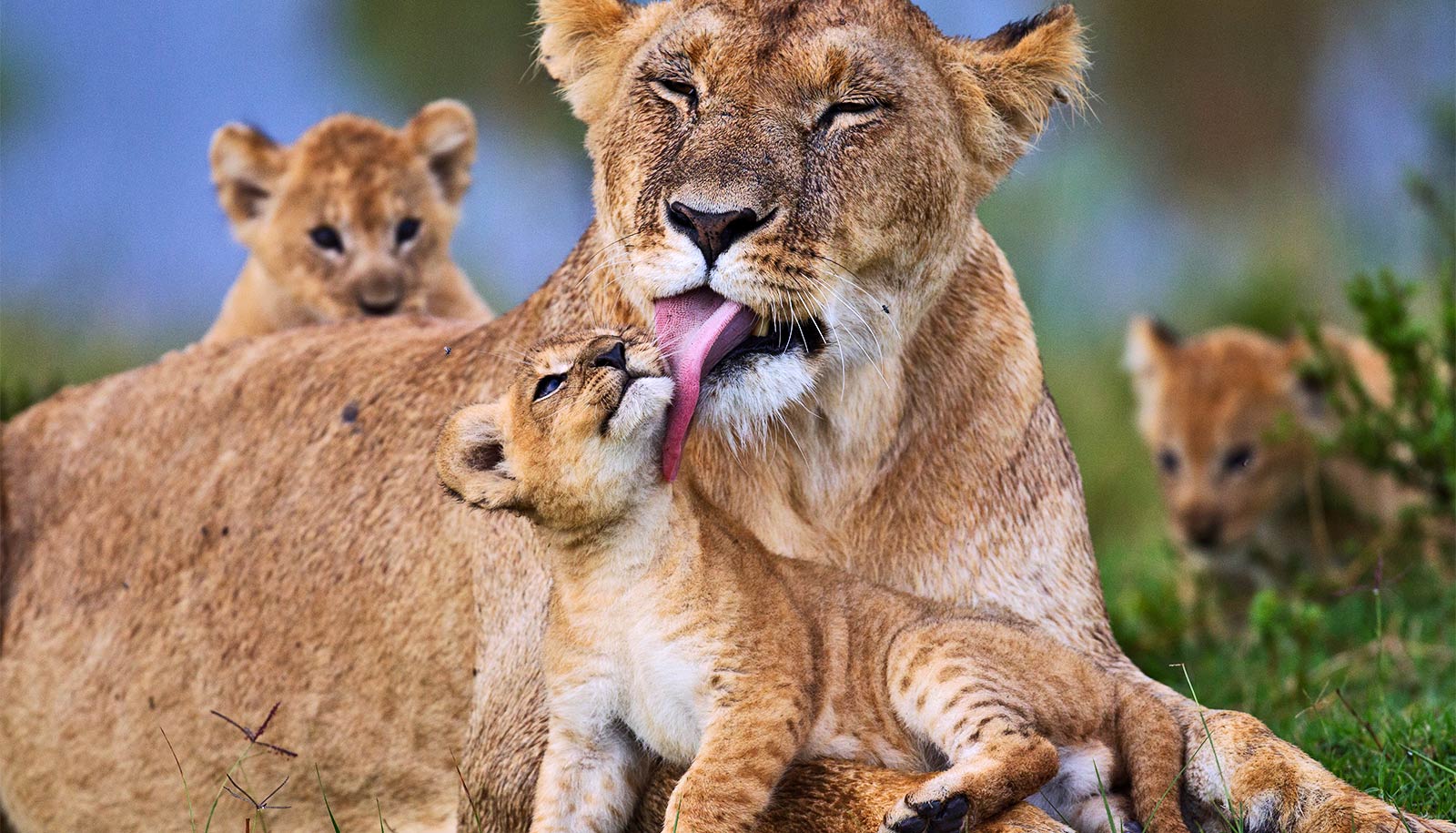Future fossil fuel extraction threatens Earth’s richest areas for biodiversity: northern South America and the western Pacific Ocean, say researchers.
In a new study, environmental scientists reveal that fossil fuel extraction can have a double impact on local and regional animals and plants.
“This double whammy includes the obvious, direct impacts and the more subtle—but often more damaging—indirect impacts,” says Professor Hugh Possingham and Nathalie Butt of the ARC Centre of Excellence for Environmental Decisions and the University of Queensland.
[related]
The researchers identify northern South America and the western Pacific Ocean as the areas of the world where the “double whammy” may have the biggest impact, as both regions have high biodiversity and large fossil fuel reserves.
“The impacts of fossil fuel extraction on biodiversity have been underestimated because it is assumed that extraction sites have a small footprint relative to other human impacts, such as agriculture,” says Possingham.
Fossil fuel demand
The researchers warn that oil demand is projected to increase by more than 30 percent, natural gas by 53 percent, and coal by 50 percent by 2035, and the world could lose significantly more of its dwindling wildlife if fossil fuel extraction continues without evidence-based environmental protection.
Butt says the direct impacts of fossil fuel extraction included noise disturbance, pollution, destruction, and fragmentation—splitting up forests or landscapes into fragments too small to sustain wildlife populations.
“Fossil fuel companies can try to return the area to its ‘original state,’ but there are indirect impacts that continue long after the extraction, including the introduction of invasive species, soil erosion, water pollution, and illegal hunting.”
“These indirect effects, caused largely by road and pipeline construction, can be far more damaging, and can extend for many kilometers from the mine or well,” Butt says. “They can be caused by even small scale extraction, and because they’re often off-site, the damage is usually done by the time we can measure it.
The ‘double whammy’
“It is critical that international environmental organizations play an active role in ensuring that the extraction takes place according to best practice, ideally avoids areas of high biodiversity and that the trade-offs between biodiversity and development have been considered carefully at a global scale.”
Possingham says: “Before operations start, companies, scientists, and local communities need to develop firm plans for different scenarios, such as determining a point when extraction should cease immediately, when mining companies should be fined, or when to start rehabilitating an area.
“Due to increasing worldwide demand for fossil fuels, extraction is going to be an unstoppable force. Recognizing the ‘double whammy’—direct and indirect threats to biodiversity from fossil fuel extraction—and identifying unfortunate overlaps, is essential in minimizing the environmental damage.”
The study is published in the latest issue of Science.
Source: University of Queensland


